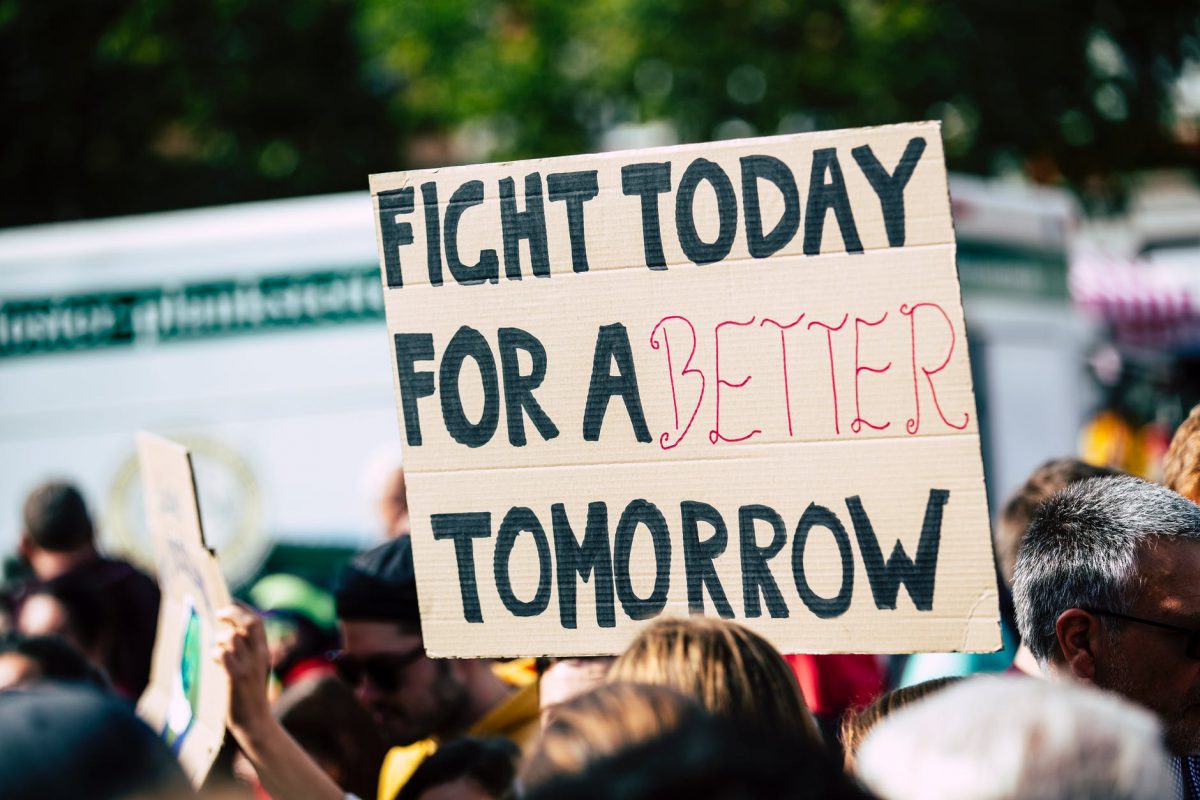The diversity, equity, and inclusion (DEI) landscape has changed significantly over the last year, but we still have a long way to go. If you’re advocating for greater investment in DEI at your company, or if you’re trying to help them execute on newly established commitments, it can help to be armed with concrete data to back up your ideas. While the importance of a strong DEI strategy may seem obvious to some of us, including those who see it as simply the right thing to do, others still require a bit more convincing. Luckily, we’ve got your back with some compelling statistics about diversity and inclusion to help inform your efforts in 2021.
Ultimately, we all know that the power of diversity, equity, and inclusion extends far beyond what any numbers can convey. It is about treating everyone, regardless of their race, religion, nationality, gender, age, sexuality, ability, or any other singular aspect of their personhood, with dignity and respect. Furthermore, it is about making sure everyone feels that they belong, and that their ideas and opinions are welcome without reservation (unless of course those ideas are grounded in the persecution of others). DEI is about building engaged workplaces where innovation flows, and everyone gets a seat at the table and an equal voice in the discussion.
Key data points in support of investing in diversity and inclusion
Use these diversity and inclusion statistics to help elevate your conversations around DEI in 2021.
- Companies with inclusive cultures saw 2.3 times higher cash flow per employee over a three-year period.
There’s been a lot of focus on the benefits of diversity in recent years, but ultimately, diversity without inclusion is akin to a puzzle that’s missing a piece. You can visually see the picture, but it will never feel complete. Make sure you can access the full benefits of any diversity efforts by coupling them with a strong focus on inclusion.
- Companies with higher-than average levels of diversity saw 19% higher innovation revenues.
Having an array of different perspectives at the table results in more lively discussions that churn out more interesting and innovative ideas. Only exchanging thoughts with people who have similar backgrounds and experiences can create an echo chamber in which there’s no room to challenge the standard ways of thinking, thereby limiting your company’s potential.
- If just 1% more people with disabilities were hired, U.S. GDP would increase by $25 billion.
The unemployment rate for people with disabilities is 7.3%, more than double the pre-pandemic rate for the general population of 3.5%. People with disabilities have many valuable skills to contribute if companies and hiring managers would be more open-minded to bringing them onto their teams, with massive potential implications for the economy overall.
- Companies in the top 25% for racial/ethnic diversity are 35% more likely to outperform their peers.
Racial and ethnic diversity is a critical element in the DEI equation and positions companies to exceed the performance of their competitors with less diverse teams. When paired with an inclusive culture, more racially and ethnically diverse companies are better positioned to succeed.
- Despite the fact that 60% of companies have metrics in place to measure the success of their diversity and inclusion programs, 75% of employees from underrepresented backgrounds don’t feel they’ve personally benefited from the initiatives.
Diversity, equity, and inclusion has been on the radar of many large companies for decades now, so much so that the majority have systems in place to track their progress. Unfortunately, their efforts haven’t paid off as evidenced by the fact that three-quarters of underrepresented employees haven’t felt the impacts. That’s why it’s high time for a new approach.
- Companies with inclusive cultures are twice as likely to meet or exceed financial targets, three times as likely to be high-performing, six times as likely to be innovative and agile, and eight times more likely to achieve better business outcomes.
Inclusive cultures drive vastly better business outcomes across the board. This stems from inclusion’s strong positive impact on employee engagement, productivity, psychological safety, happiness, and more.
- Having more women in C-level positions results in 34% higher returns to shareholders.
Greater representation of women in the C-suite yields higher earnings. It’s tough to argue with concrete financial data, and this point suggests that shareholders would be well-served to push for more gender diversity in the upper echelons of the company as well.
- More than two-thirds of employment seekers consider workplace diversity to be an important factor when considering whether to pursue a job opportunity.
Even now, when unemployment has spiked due to the pandemic, employer brand matters. While some job seekers will take what they can get out of necessity nowadays, others who have a bit more flexibility know that it’s important to seek out a role they enjoy where the company culture aligns with their values. In many cases, this means prioritizing diversity and inclusion.
- Cognitive diversity can enhance team innovation by 20%.
Neurodiversity is a relatively new term on the DEI scene, but it’s an important one. Ensuring diversity of thinking, and building inclusive environments for individuals who may have different cognitive abilities is one way to ensure that your teams stay on the cutting edge and maximize their chances of success in rapidly evolving markets.
- Companies that have “two-dimensional” diversity (e.g. on the basis of both gender and race) are 45% more likely to capture a larger share of the market, and 70% more likely to have broken into a new market in the past 12 months.
Focusing solely on gender, race, LGBTQIA+ identity, or any other singular attribute sets you up for box checking, and will only go so far in helping your business and employees to thrive. Ensure that you’re welcoming team members as whole people rather than demographic check marks, and prioritize intersectionality to reap the full benefits of your DEI efforts.
Despite the ongoing debate and doubts, the business case for diversity and inclusion is clear. In fact, while we may be a bit biased, we would go as far as to say that with evidence like this, it’s undeniable. Use these diversity and inclusion statistics to help inform your internal conversations in 2021 around the true value of diversity, equity, and inclusion. If you need to talk through it with someone, feel free to ping us at hello@workrowd.com, and we’ll be more than happy to serve as a sounding board and help you craft your pitch.
If your company is already at the point where it’s looking to invest in more diversity, equity, and inclusion efforts, check out the Global ERG Network where we’ve got extensive support for employee/business resource groups, diversity councils, and beyond. Alternatively, if you want to stick to just running things in-house, Workrowd’s platform can help. Regardless of what you do, the most important thing is that you do something. Diversity, equity, and inclusion can’t wait; not for your colleagues, and not for your bottom line, so get started and keep at it.











